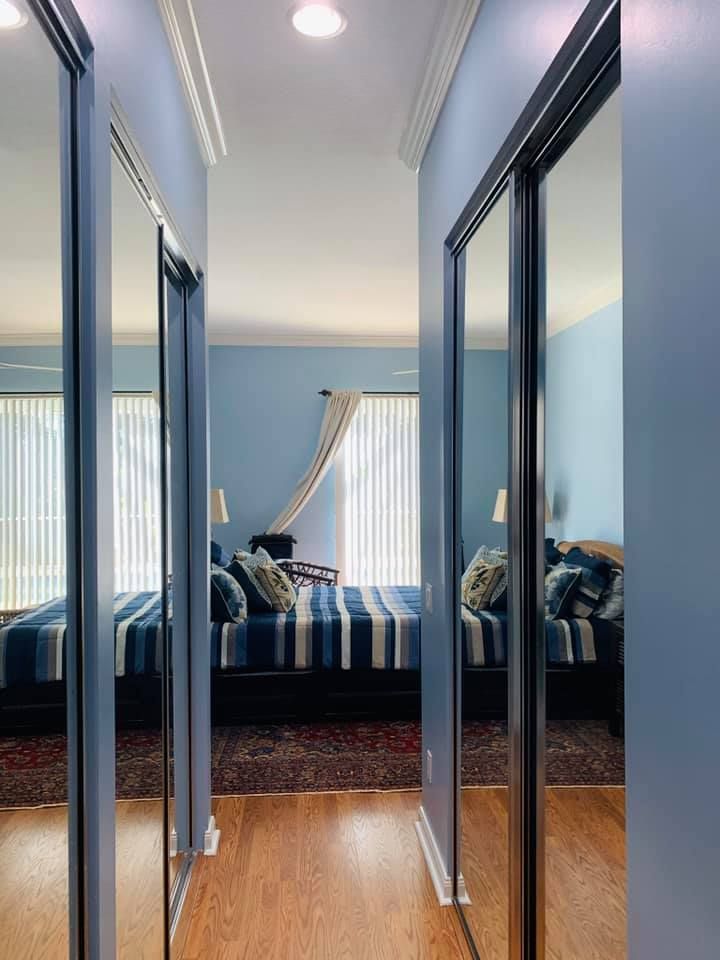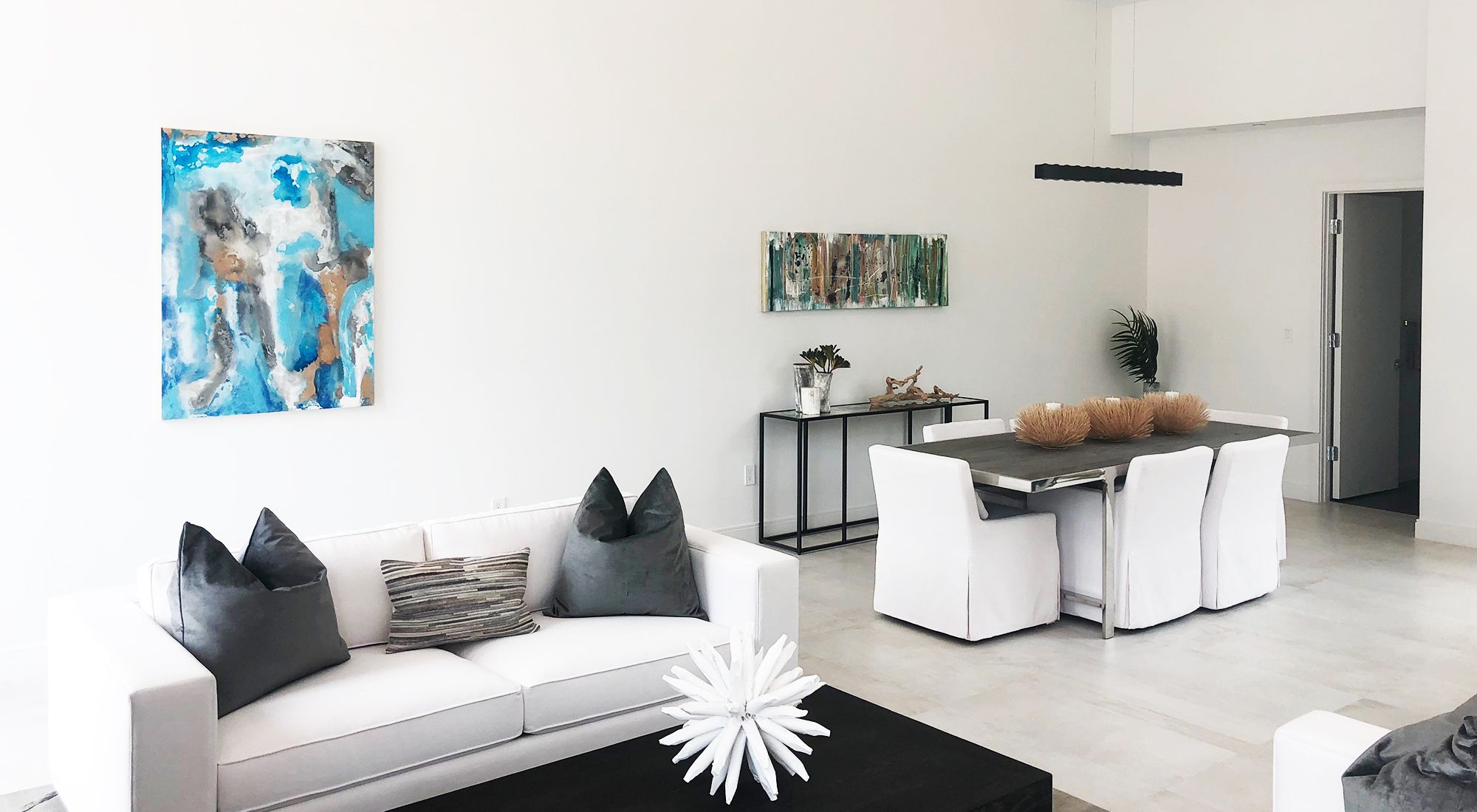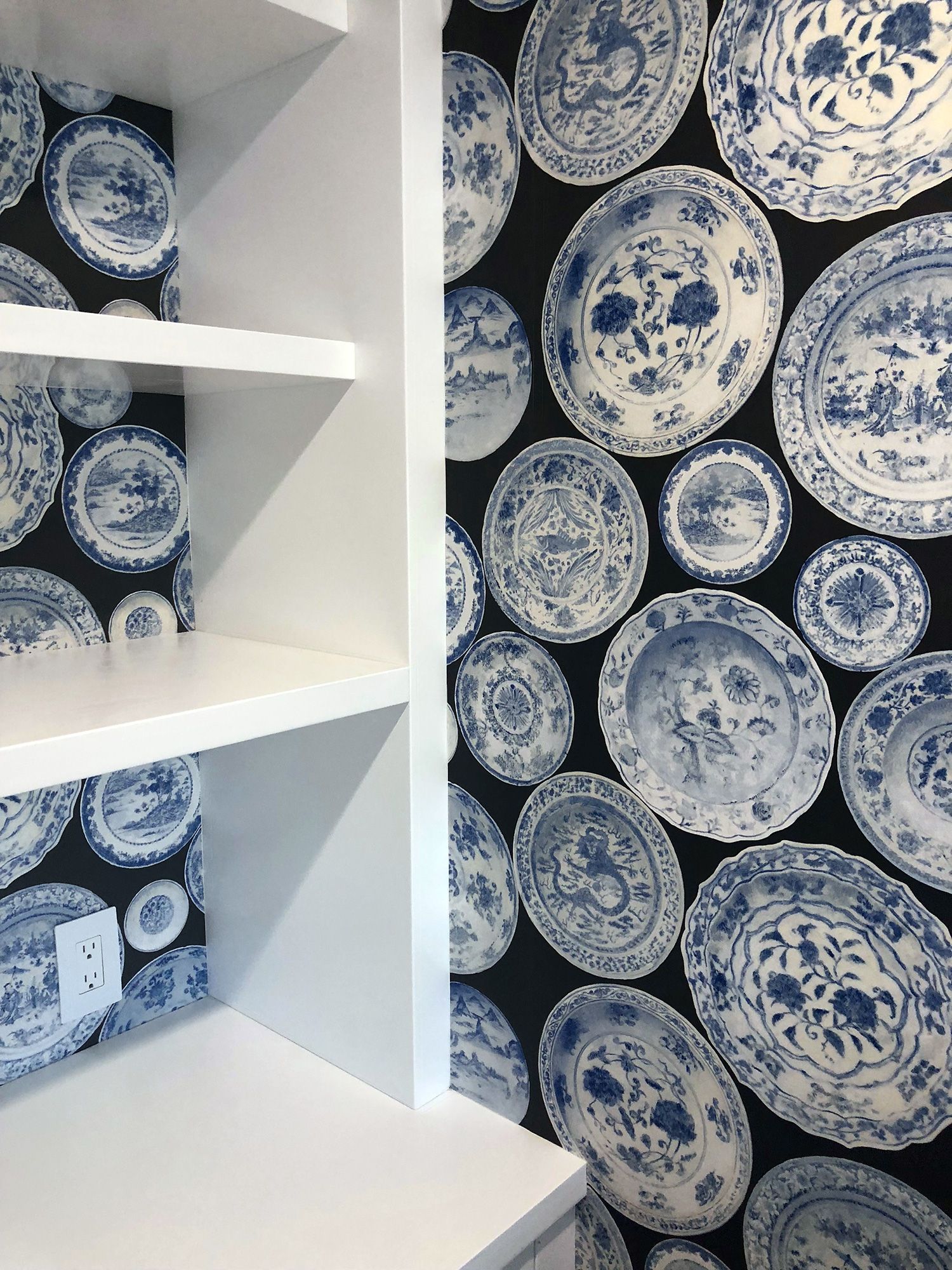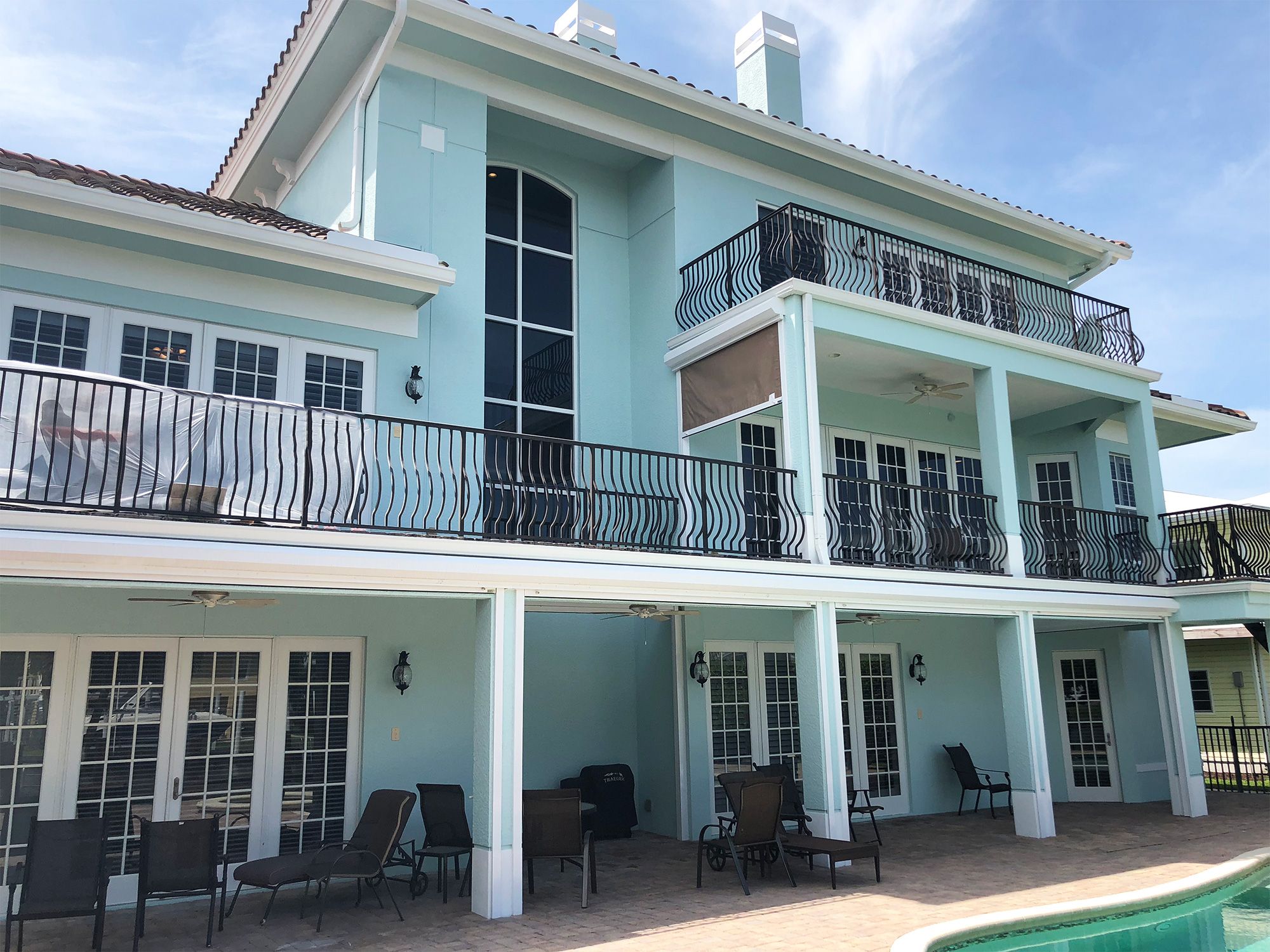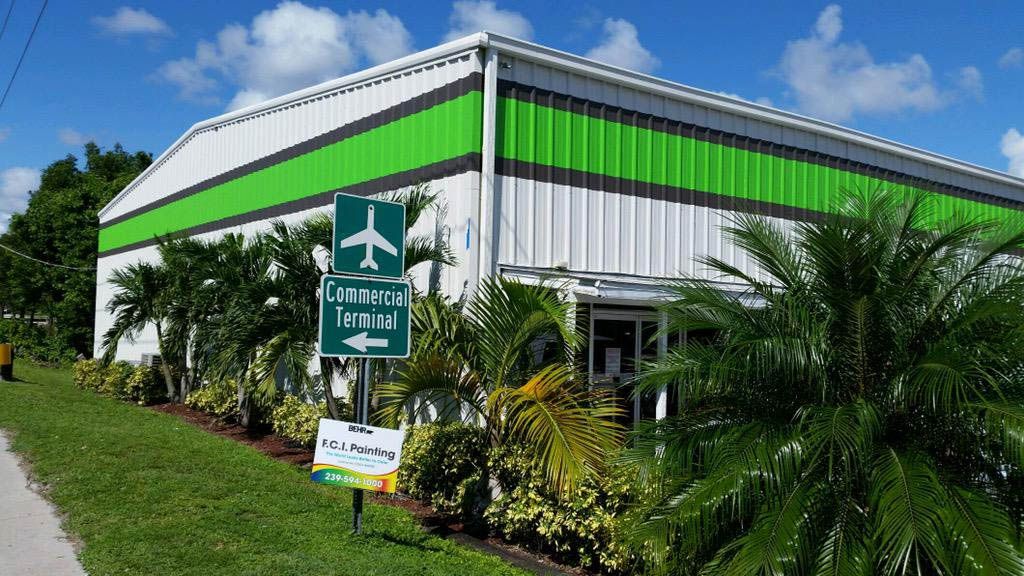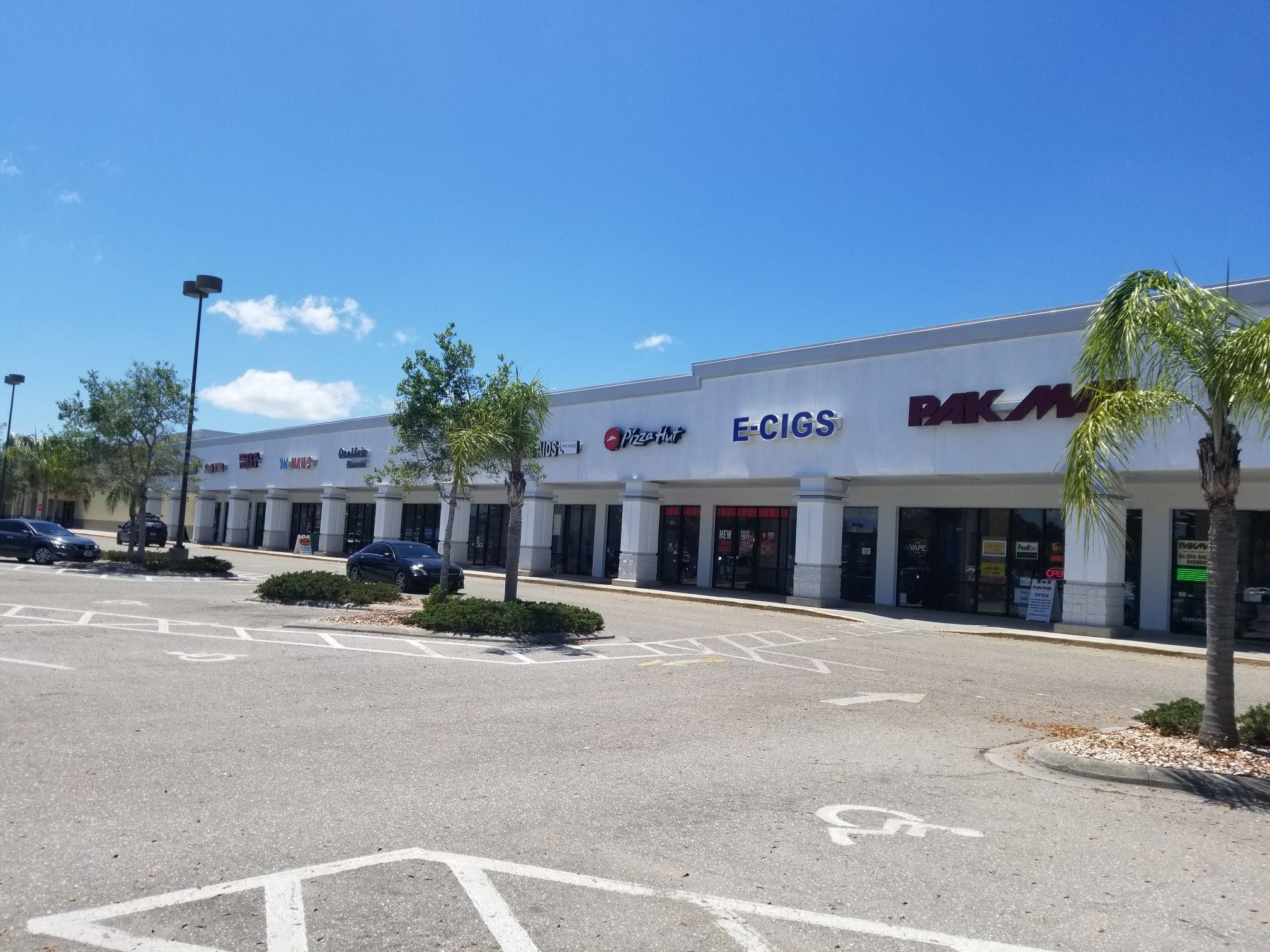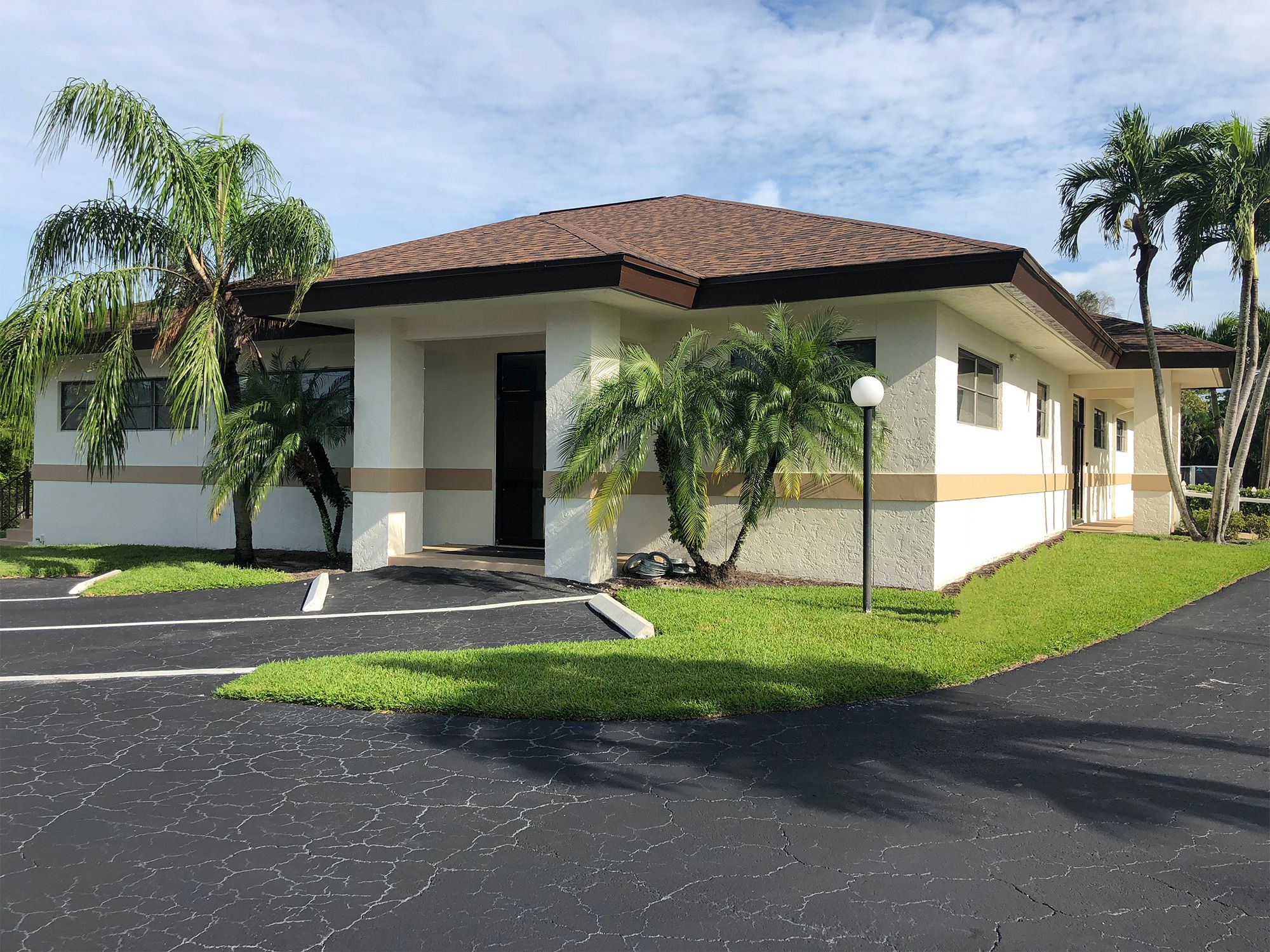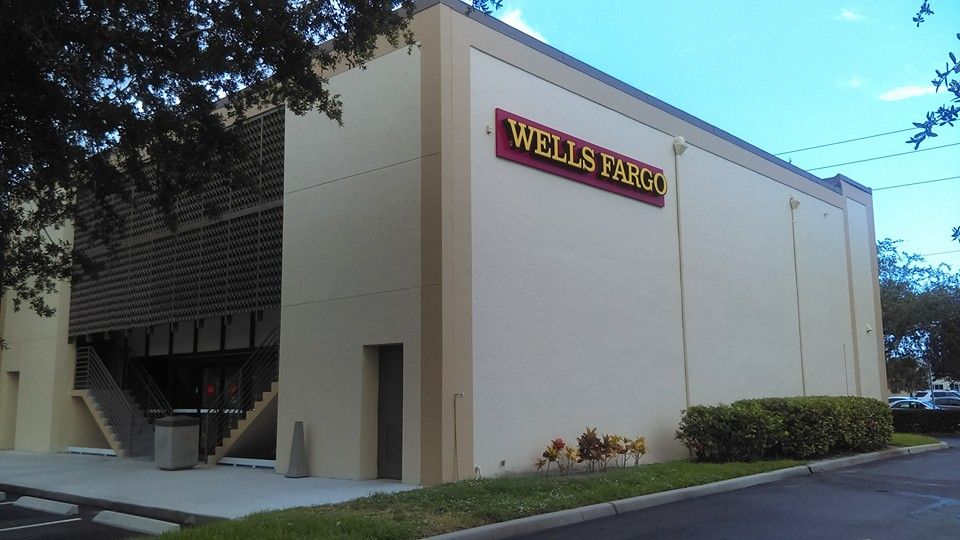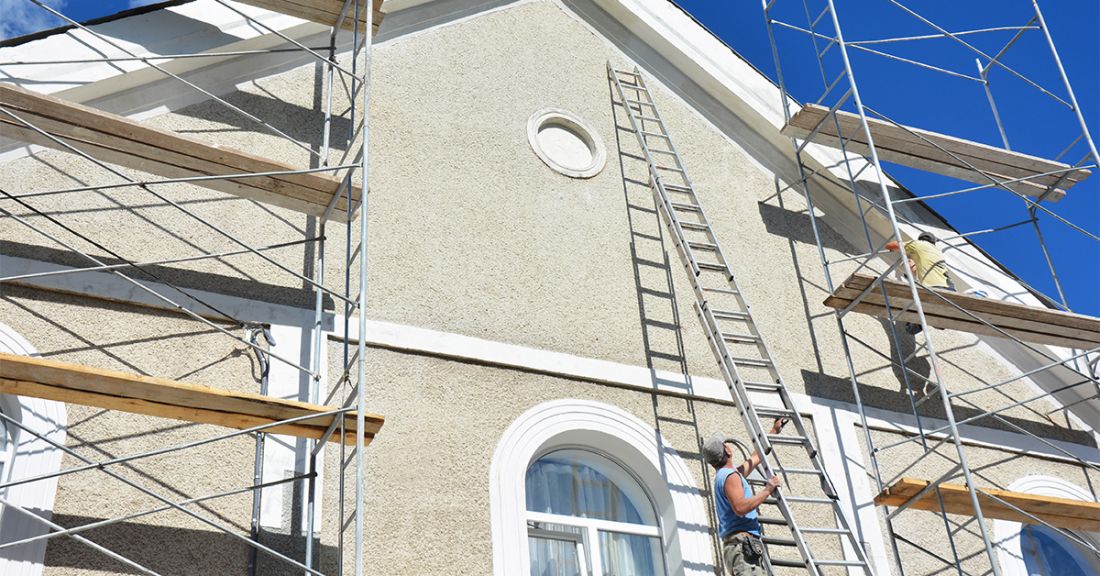
What You Need to Know About Stucco Painting and Repair
While stucco is among the most popular exterior materials used in constructing Naples, Florida-area homes and businesses, it is probably the most misunderstood. Many people do not know exactly what stucco is, and some mistakenly believe that the material is ill-suited for southwest Florida’s climate and may be more prone to deterioration than other materials.
With plenty of experience working with stucco, the home maintenance professionals at Naples-based FCI Painting can clear up any misunderstandings you might have about stucco. We know that stucco is well suited for our climate and that, as long as the original plaster is applied correctly and regularly maintained, the surface will provide decades of aesthetically pleasing protection. All building exterior surfaces have inherent limitations; the key is knowing what they are so you can overcome them to ensure the longevity of your home or business’s exterior surfaces.
What Exactly is Stucco?
Similar in composition to plaster, which is made from a mixture of cement and sand that uses gypsum as a binding agent, stucco uses lime as its binding agent to create a much stronger and more durable surface material. Stucco is also more pliable than plaster, which allows the material to be textured during application to create unique design options. Stucco surfaces can be patterned in dozens of different ways, such as swirled, raked, smoothed, sanded, dashed, pebbled, laced, combed, webbed, and cat-faced, to name a few.
Stucco is typically infused with dyes to create the pastel hues found on many southwest Florida buildings. It can also be painted to restore fading dyes or to hide stains, but a complete change of color usually requires specialized priming and sometimes a coat of fresh stucco.
Why is Stucco Used in Southwest Florida?
Along with pleasing aesthetics, stucco’s popularity as an exterior surface material in southwest Florida buildings is supported by its relative inexpensiveness and ease of working with it. Other advantages of using stucco for exterior surfaces in our region include:
- Life-long durability when properly installed and maintained.
- Insulating properties that help keep homes cool in the heat and reduce energy costs.
- Excellent soundproofing that buffers against outdoor noise intrusion.
- One of the most fire-resistant materials available.
Stucco Maintenance and Painting Basics
As with any exterior building material, time and constant exposure to the elements will inevitably cause your stucco walls to deteriorate and dull their finish. Sun exposure and moisture intrusion are the two most significant factors responsible for cumulative stucco damage, though storms can also damage the material. The natural settling of buildings over time can also cause damage, though this tends to be more of a problem for wood-framed buildings than concrete-framed ones.
To maintain the durability and aesthetics of your exterior walls, you should periodically inspect them and correct any significant problems. Common concerns to look for during your inspection include:
- Cracks—hairline cracks will ultimately form in your stucco at some point but shouldn’t be considered a major concern until there are multiple cracks in one area or any that start widening.
- Staining and discoloration—Stucco is porous, and moisture intrusion will eventually build up in areas to the point at which it can cause staining and discoloration.
- Impact damage—storm-blown debris can cause indentations and cracks that should be repaired as soon as possible to prevent water intrusion that can cause further damage.
- Dulling of the finish—while the finish of dyed stucco has an exceptionally long lifespan, the sun will eventually take its toll and dull it. Painted stucco typically loses its luster within five to 10 years.
Stucco maintenance is relatively easy, and professional painting can address many problems caused by time and the elements. While larger cracks need to be repaired and filled, paint can fill hairline cracks to impede water intrusion and prevent them from growing larger. Painting can also address staining and discoloration, though stained areas should be thoroughly cleaned first to ensure proper paint adhesion. Painting represents your only option to restore a dull finish, whether dealing with dyed or previously painted stucco.
Let Your Stucco Breath by Choosing the Correct Paint
If it’s time to paint your stucco, make sure that you choose the correct paint type. Oil paints should never be used on stucco because it compromises the material’s porous properties and impedes moisture evaporation of moisture. With high permeability values, acrylic and elastomeric paints are viable options. Major paint companies offer these paints in formulations optimized for use on stucco and in hues typically found on stucco walls.
For Your Stucco Paint Maintenance, Contact FCI Painting
For the most effective stucco maintenance and painting, consult with experts, such as those at Naples, Florida-based FCI Painting. With over 25 years of painting exterior stucco surfaces throughout the Naples, Florida, area, contact FCI Painting online or call us at (239) 435-1001.

